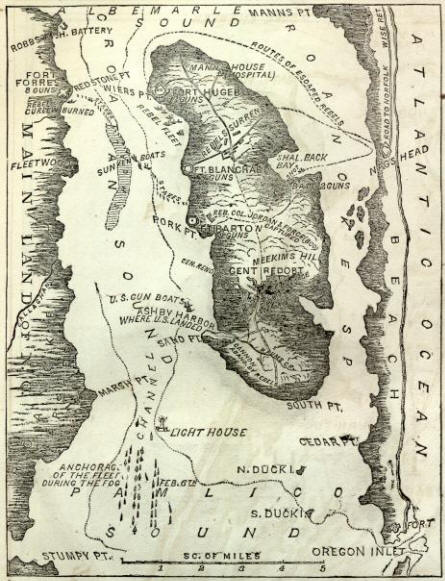Great Walls of Fire

I was up late last night turning my home computer into a media server so that I could stream my music from anywhere (in theory) with an internet connection. After realizing how little I know and struggling to comprehend the first step of various Unix and php kernels, I finally tracked down a helpful explanation of what the hell to do. Thanks Hadley Stern!
Anyway one of the steps of the procedure involved opening up one of the "ports" on my computer as well as on my router. I understand what firewalls do in concept, but I had never had any reason to know their actual function until last night.
Firewalls were first put up in 1988 when the "Morris Worm" caused one of the first major internet security breaches in history. Firewalls are simply a means of restricting access to parts of a computer on a network. There a varying levels of trust such as the internet (no trust) versus an area or local network (high trust).
Firewalls have evolved over the years and have many different functions. Packet filters compare packets of information coming across a network and discard packets that do not comply with firewall settings. There are stateful filter which can analyze packets based on the type of connection they are connected with. A third type of firewall is an application layer or a proxy. These types of firewall can "understand" certain types of application (ftp, DNS, browsing) and determine if they are using non-standard ports. A port is a transfer protocol between computers. That is what I had to enable to open up my computer and turn it into a music server. And it works great, well kind of. All the music is there, and the concept is awesome, but the connection is a bit slow to handle the streaming (buffers more than it plays). But hey, at least I learned something.
via Wikipedia




